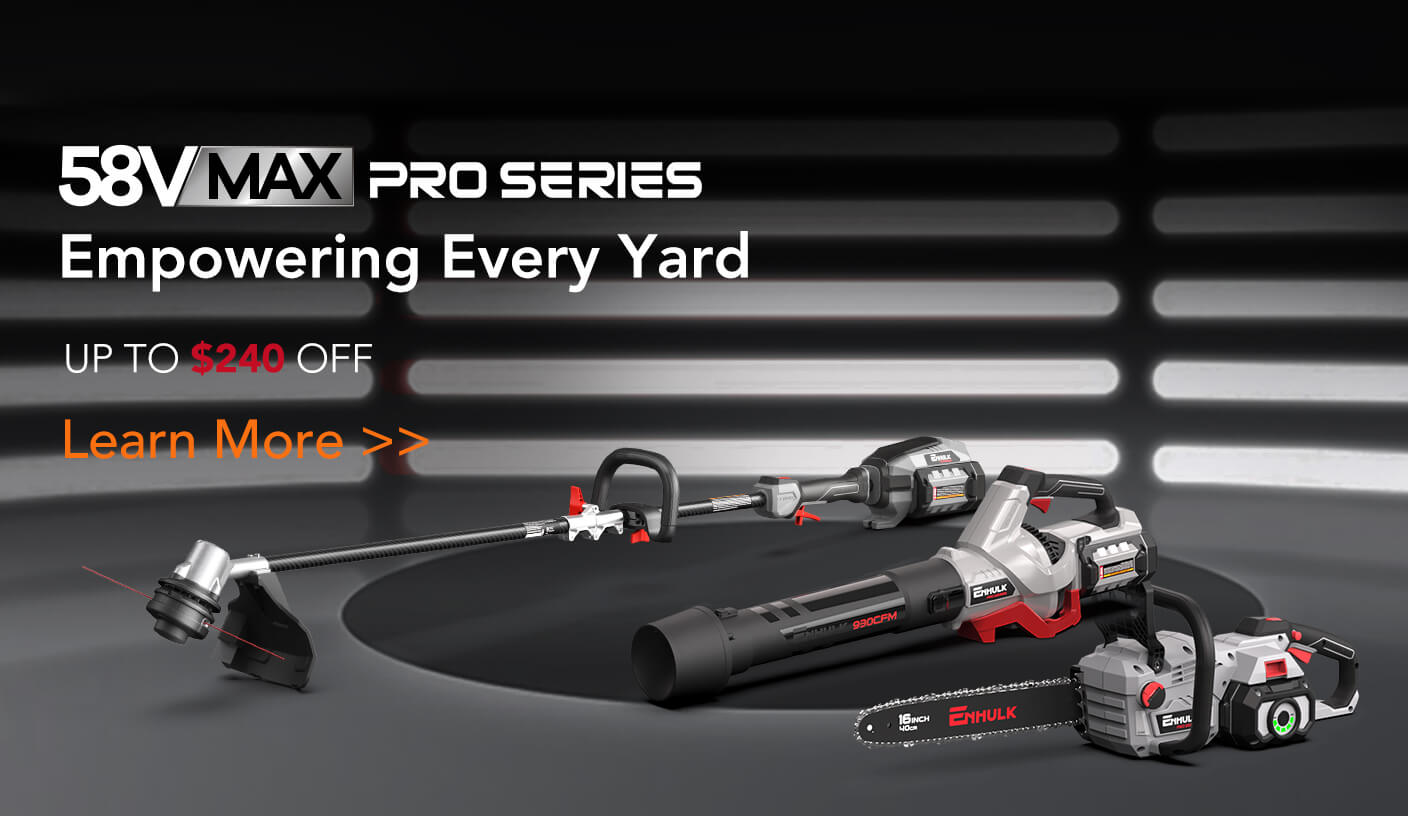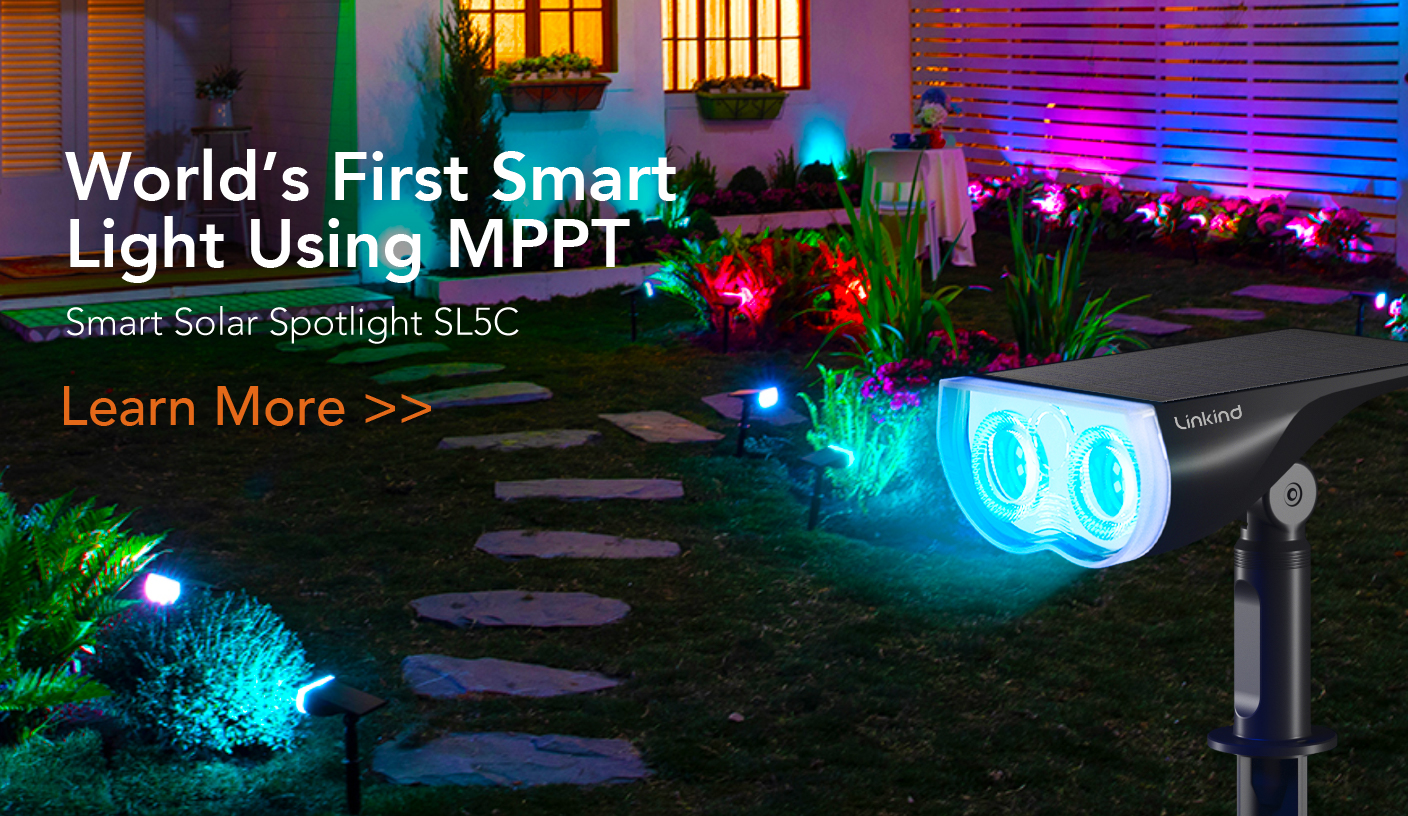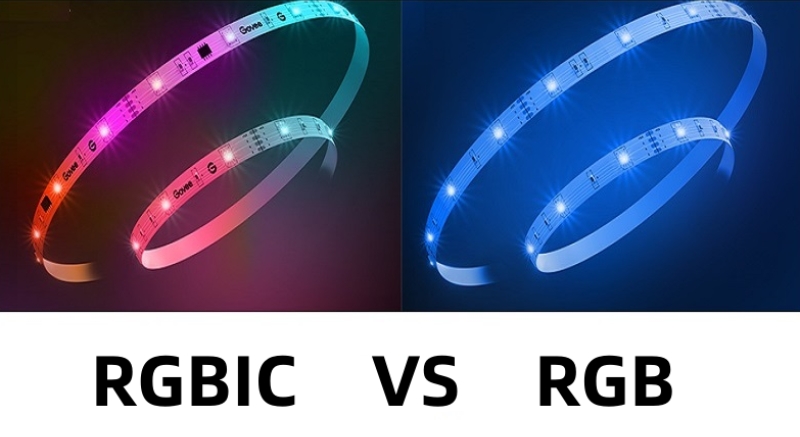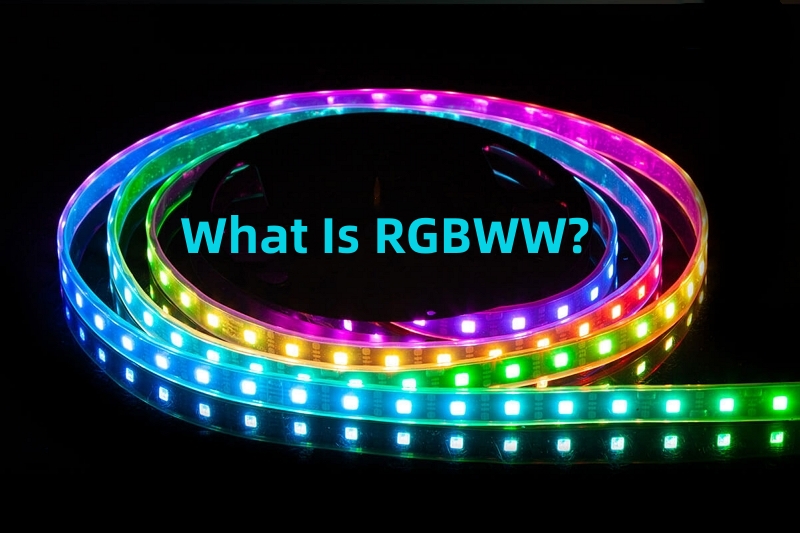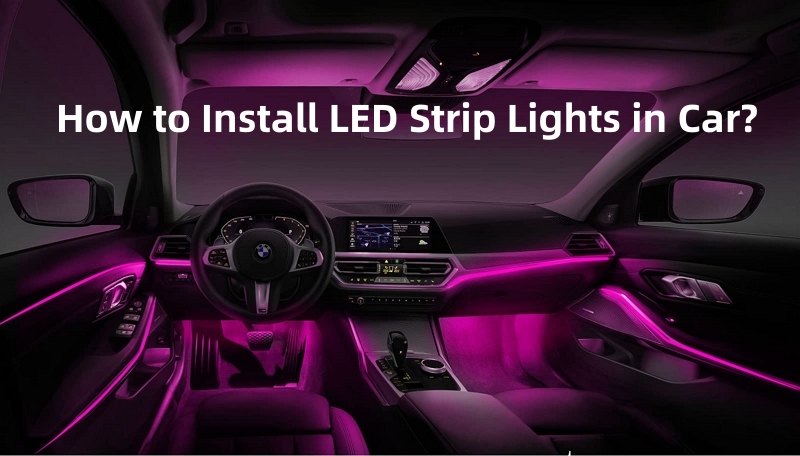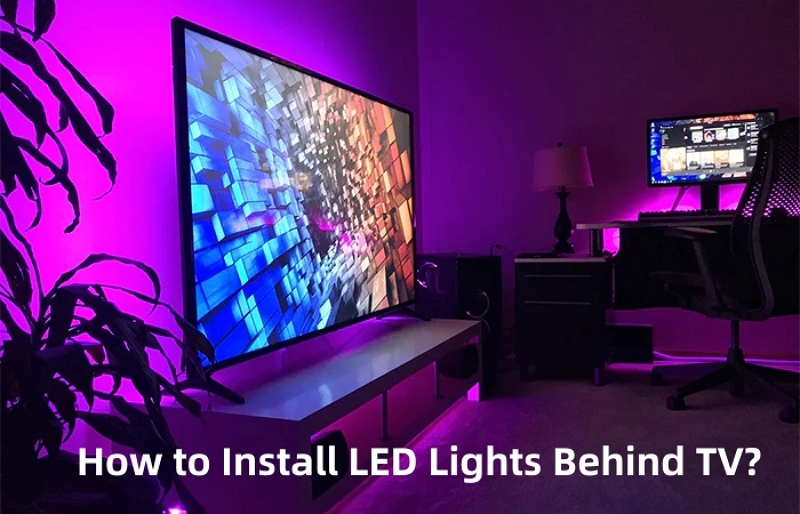If you are here, that means you have caught up with the popularity of LED strip lights. But why are they suddenly all the rage? Due to their adaptability and cost-effectiveness in terms of energy use, LED strip lights have become a must-have for any aesthetic-conscious person in the last few years.
In this article, we will dig deep into the world of LED strip types – by the end of this guide, you will have a better understanding of how they operate and which kind is most appropriate for your requirements.
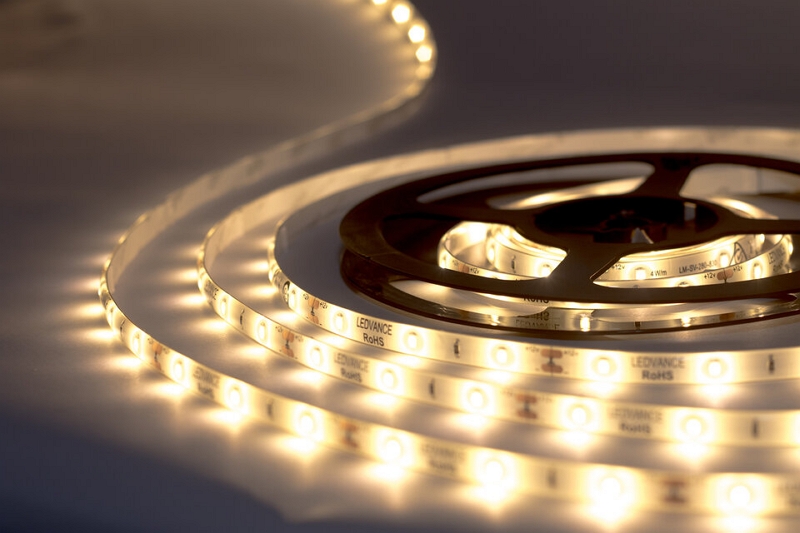

Part 1. What Are LED Strip Lights?
In essence, LED strip lights are flexible circuit boards with LEDs arranged in a linear pattern. They are simple to install and configure and are often used for ambient or artistic lighting. The best part about these lights is that they may be trimmed to meet your specified lengths or forms. Plus, they are available in various colors, brightness levels, and lengths. If you are considering where to place them, LED strip lights are often employed for backlighting screens, under-cabinet lighting, and accent lighting to elevate your space.
Part 2. What Are the Different Types of LED Strip Lights?
First things first, there are many different types of LED strip lights on the market, each with special characteristics and advantages. However, when it comes to the basics, there are only three, and the rest of the varieties are based on them.
So, the three basic concepts upon which the rest are developed are the Adjustable White CCT LED strip, the Single-color LED strip, and the color-changing RGB LED strips. Below we will share a bit for each of them, more variations, and after that – we will dive into more technicalities to help you make an informed buying decision!
1. Single-Color LED Strip Lights
As their name indicates, these lights produce a single hue, such as warm white, cold white, or blue. Single-color LED strip lights are frequently used as task illumination or as an alternative to conventional incandescent or fluorescent bulbs. In addition, they use less energy and have a longer lifespan than traditional lights.
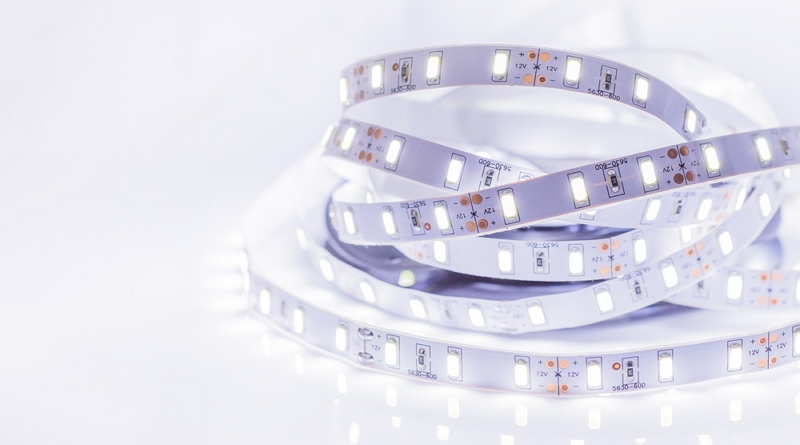

2. Adjustable White CCT LED Strip Lights
With the CCT, you may change the light's color temperature from warm white to cold white. This function is very helpful for task lighting as well as setting various moods and ambiances in a place. In a living room, for instance, warm white light would be preferred; in a home office, cold white light might be a better choice for a more practical and concentrated workstation.
3. Color-Changing RGB LED Strip Lights
These are one of the LED strip types that are extremely well-liked since they combine red, green, and blue LEDs to create a variety of shades. You may select from a range of color options when controlling RGB LED strip lights using a remote or mobile app. A few more sophisticated versions can also create other lighting effects like flashing, strobing, or fading.
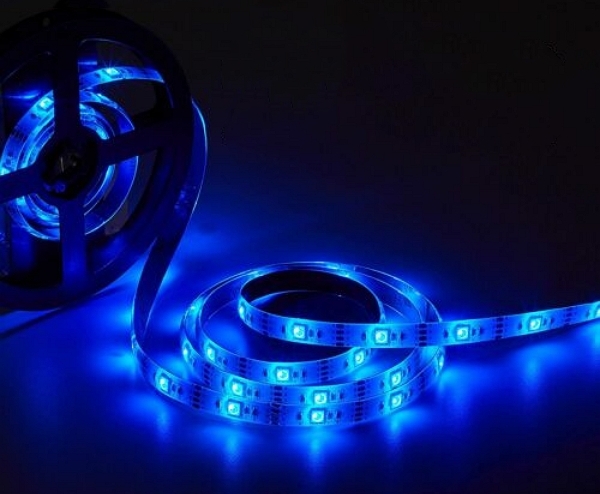

4. Addressable LED Strip Lights
Due to their unique controllability, these lights areDue to their unique controllability, these lights are among the most cutting-edge LED strip lights now on the market. This enables you to design unique lighting effects and patterns, including lights that change color or flash. For sophisticated lighting configurations, such as stage lighting or large-scale installations, addressable LED strip lights are frequently used. among the most cutting-edge LED strip lights now on the market. This enables you to design unique lighting effects and patterns, including lights that change color or flash. For sophisticated lighting configurations, such as stage lighting or large-scale installations, addressable LED strip lights are frequently used.
5. High-Density LED Strip Lights
High-density LED strip lights are great for illuminating a specific area of a space or for generating a lively, dynamic mood. They produce a brighter, more even lighting appearance because of the increased density of LEDs per square foot. Keep in mind that these could also cost more than other LED strip types.
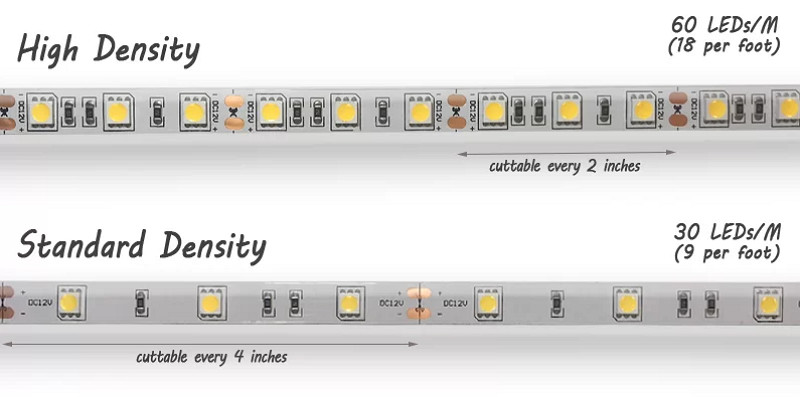

6. Waterproof LED Strip Lights
These lights are intended for use in damp or moist areas, such as restrooms, pool areas, or outdoor illumination. A waterproof covering normally protects the LEDs from moisture and other external conditions.
Part 3. Know More About LED Strip Lights
With the below tips, you will be able to easily pick the best form of LED strip light for your purposes, create the ideal atmosphere and lighting effect in your area, and make an informed decision by being aware of these many LED strip lighting characteristics.
LED Strip Brightness
Lumens are used to measure the brightness of LED strip lights, which come in various lumen levels. The lighting's intended use and the amount of ambient light in the space will determine the brightness level you select.
Higher-brightness LED strips are generally more suitable for task lighting or areas that should be more illuminated, such as kitchens or workshops. Lower-brightness LED strips are ideal for ambient or mood lighting, such as in a bedroom or living room.
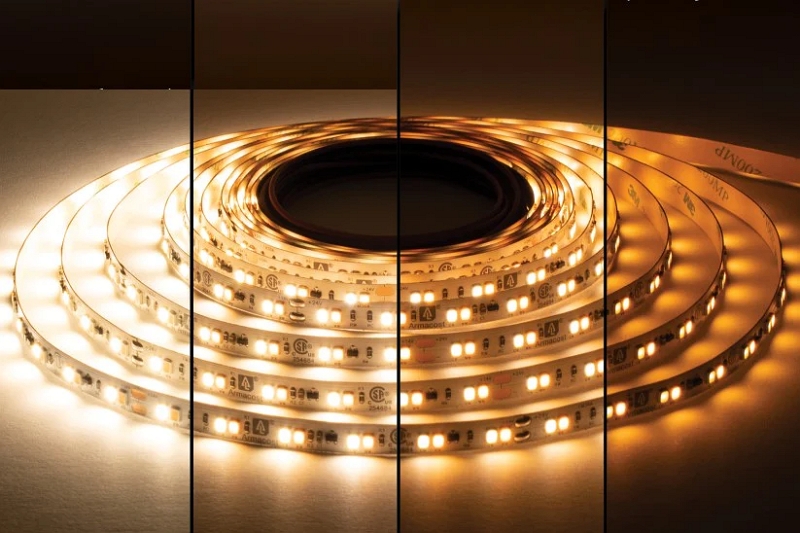

LED Strip Color
Several colors are available for LED strip lights, including white, red, green, blue, and many others. The type of LED chip used, which produces a certain wavelength of light, determines the strip's color.
There are also color-changing LED strip types that can be configured to show a range of colors or even change colors on their own. Red, green, and blue (RGB) LED chips, which may be mixed to produce a unique effect, are typically found in these strips. In order to increase their adaptability, some color-changing LED strips also have a white LED chip.
LED Strip Color Temperature
The apparent hue of the white light output by an LED strip is called color temperature, commonly expressed in degrees Kelvin (K). The hue of warm white light is warmer yellow or orange and has a lower color temperature, often between 2700K and 3000K. On the other hand, the hue of cool white light is more blue or white and has a higher color temperature, usually between 6000K and 6500K.
Tip: Cold white is better suited for job lighting and workstations, while warm white is often utilized to create a warm and inviting ambiance.
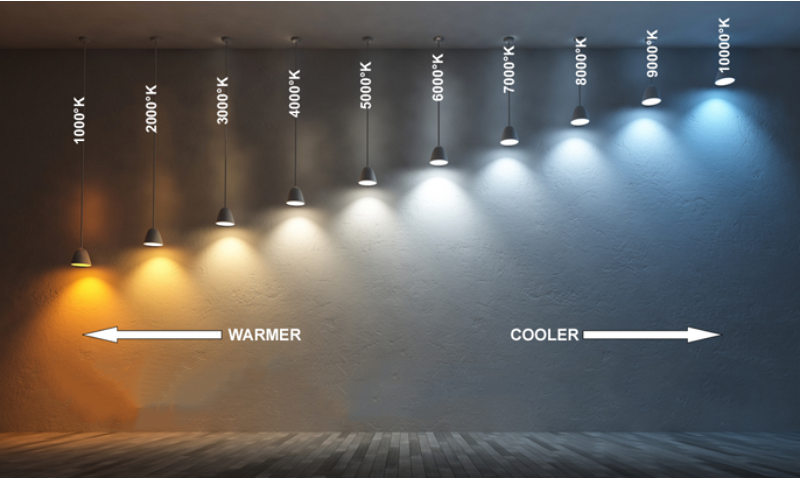

LED Strip Density
The number of LED chips per unit length of the strip is referred to as LED strip density. It can range from a few LEDs per meter to over 100 LEDs per meter and is commonly measured in LEDs per meter (or foot).
High-density LED strips produce more heat and use more energy, which might affect how well they work and how long they last.
A lower LED density strip is perfect for applications requiring a more subdued light or for usage in smaller locations. They are a cost-effective choice because they are also more affordable and use less electricity.
LED Strip Wattage
The term "LED strip wattage" describes how much electricity an LED strip uses per unit length. It varies according to the LED chips' density, color temperature, and brightness.
When selecting an LED strip based on wattage, it's crucial to take into account the installation's power needs as well as the lighting's intended purpose.
In order to prevent damage to the LED strip or other installation components, it is also crucial to consider the possible heat created by the LED strip and ensure that it can be drained adequately.
Part 4. The Most Recommended LED Strip Lights
We know we gave you a lot of tech information, so allow us to simplify things a bit. In essence, the best kind of LED strip light can vary – depending on your particular requirements and tastes, but in general, you should keep the following things in mind – good LED chips, color choices, and dimming and control options.
That being said, having had every aspect in mind regarding outstanding quality, we developed our AiDot 4K WiFi LED Strip Lights – which have a ton of amazing features. Below, we listed just some of the details:
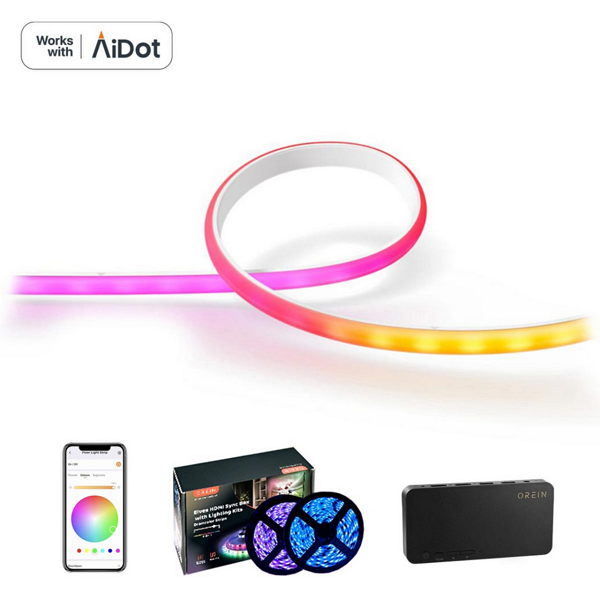

- HDMI sync controller box for linking with any HDMI 2.0 source in real time.
- Up to 16 million colors for a captivating television and gaming experience.
- 3 Screen modes, 4 Music modes, and 4 Scene modes for versatile use.
- Compatibility with Alexa, Google Assistant, and SmartThings for voice control.
- AiDot app access for customized rooms, dynamic audio sync, and group control.
[Bonus Now]: Here is an exclusive coupon code only found in blog posts. Save it now (AiDotBG01) and get 10% off at AiDot mall!
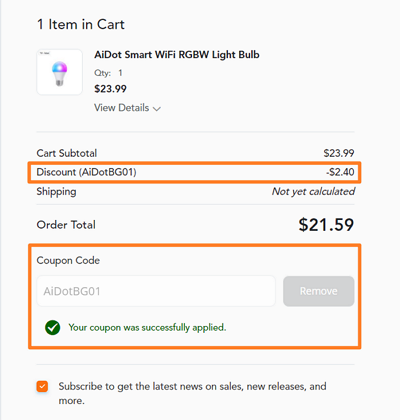

Conclusion
there are many different LED strip types of lights, each with particular benefits and qualities. It's crucial to keep things like brightness, color, color temperature, density, and wattage in mind when choosing. RGB, RGBW, white, color temperature, high-density, and low-density LED strip types are a few of the most often used varieties. The quality of the LED chips is another key factor, in addition to dimming and control choices. When you do the math and match it with your needs, the best LED strip lights for you will ultimately rely on your individual preferences!
Still, the best way to evaluate is by sampling and eventually landing on the best choice. To cut to the chase and save you time, we invite you to try our AiDot 4K WiFi LED Strip Lights and see why it is the best one on the market!











